The Difference Between Discipline and Punishment: Alternatives to Punishment for Kids
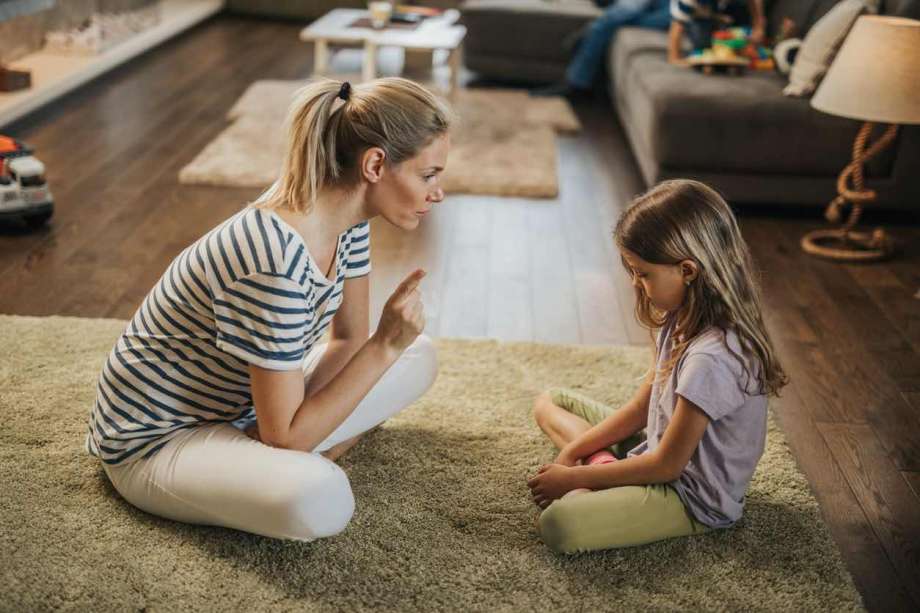
Although the words punishment and discipline are sometimes used hand in hand, they are actually quite distinct. Rather than punishing children for perceived “bad behavior”, most of today’s parents realize that there are better ways to help young children learn from mistakes and correct behavior in the future.
Parenting attitudes have moved farther from traditional punishments, like spanking, grounding, harsh words, and taking away toys/electronics, and more toward positive discipline strategies where parents try to teach kids lessons and treat misbehavior as educational opportunities.
While physical punishment was more common in the past, child development experts now know that corporal punishment can have negative consequences on a child’s behavior and well-being.
Instead, the American Academy of Pediatrics recommends positive discipline strategies that effectively teach children to manage their behavior and keep them from harm, while promoting healthy development. These positive parenting strategies emphasize the need to provide developmentally appropriate responses, corrections, and consequences for misbehavior.
Related: 10 Positive Parenting Phrases to Use with Toddlers
This doesn’t mean that you need to engage in permissive parenting or allow children to do whatever they want. Rather, this authoritative parenting style is made up of clear expectations and supports for children to succeed and do their best. Research also supports this as a highly effective parenting style, leading to many positive life outcomes.
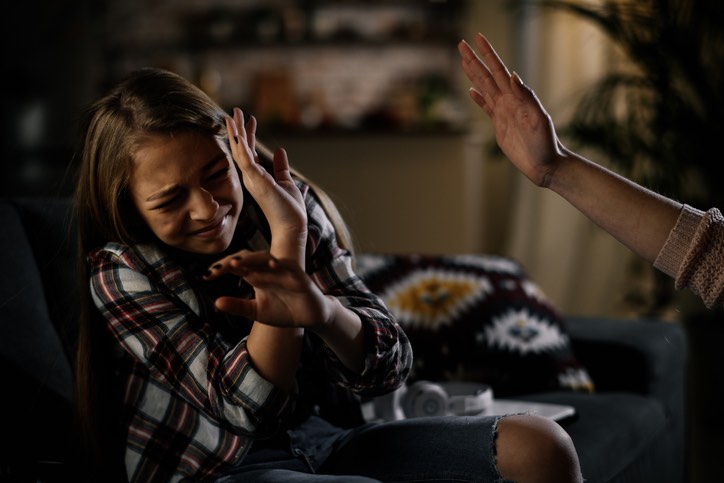
One way to understand this is to think of punishment as something that causes harm, or an “eye for an eye” strategy. On the other hand, positive and effective discipline provides age-appropriate corrections and consequences, while re-directing to more positive behavior.
What Are Some Alternatives to Punishment?
For parents hoping to provide positive reinforcement for their children’s good behavior, here are some alternatives to punishment and strategies for navigating difficult situations.
Focus on Natural Consequences Instead of Punishment
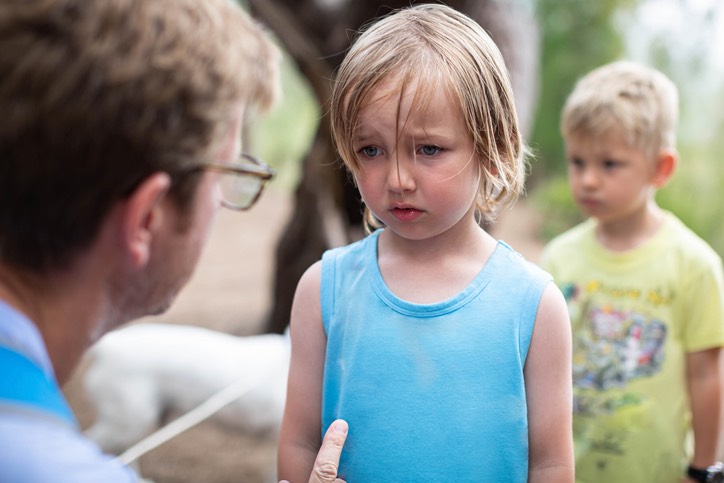
When a child misbehaves or makes a mistake, instead of taking punitive action, focus on the natural consequences of their actions. For example, if a child deliberately dumps a glass of water on the floor, sending them to their room or threatening to take away their favorite toy might seem like an appropriate reaction, but to a child’s mind, this punishment is far disconnected from their action.
Instead, a natural consequence could be that the child has to help clean up the mess. This can even be an opportunity to engage in some problem-solving with your child by asking thoughtful questions and encouraging them to come up with a solution. Try asking your child things like, “On no! There’s some water on the floor. What should we do?”
Re-direct to a Different Activity
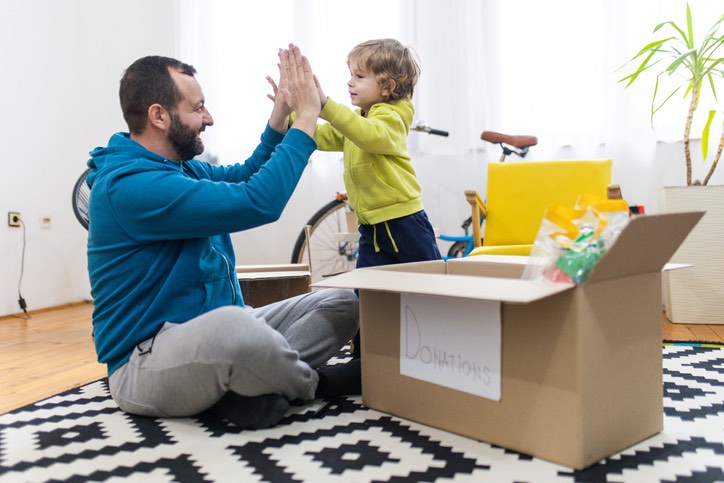
It can be hard to believe sometimes, but young children don’t misbehave deliberately to annoy or upset adults. When a child feels angry or ignored they often don’t have the self-regulation skills that an adult or older child would.
Most times, when a child misbehaves it’s because they’re exploring the world in developmentally appropriate ways, or they don’t have the emotional regulation skills to express how they feel without a tantrum. If a child is exploring in ways that create mess or danger, re-direct them to a safe or more contained activity. For example, pouring water from a cup into a bin, rather than on the floor.
Take a Time-Out WITH Your Child
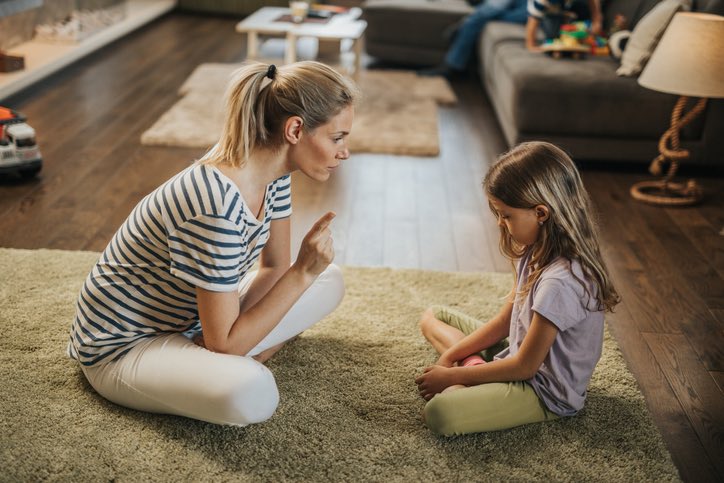
Time outs can be an effective parenting strategy, but they’re much more effective when used as an emotion regulation tool than a form of discipline. Rather than forcing your child to sit quietly by themselves, instead try a time-in.
By removing both yourself and your child from the instigating situation or place and entering into a new space together, you can allow for emotions to calm and for a space to reconnect. You can practice deep breathing together, sit quietly, or give them a big bear hug. The most important thing is to give your child space to regulate their emotions and to make sure they know that you’re there for them. Parents should also be good role models for their children by demonstrating appropriate behavior and not always reacting with yelling or threats. By teaching kids these self-control strategies through their own actions they’re more likely to adopt them themselves.
Provide Your Child With Choices
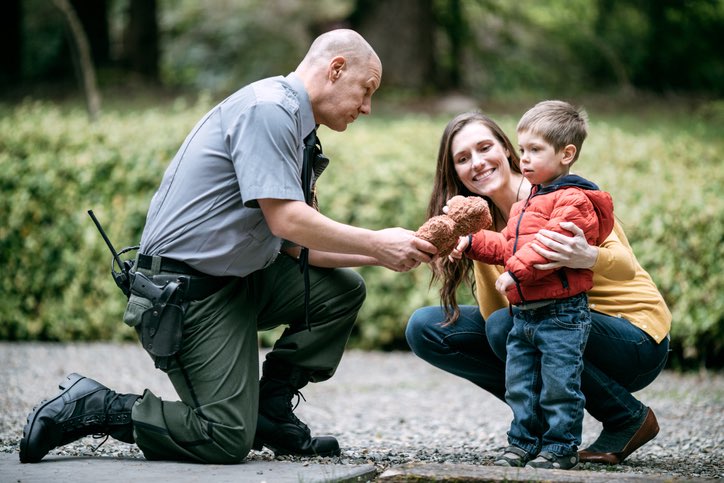
Children can make bad choices when they feel like they are stuck in a situation without options, just as any of us would feel. Sometimes they just need an opportunity to use their voice and to have some agency. This is not a suggestion to reward negative behavior, but more a way to give options as a solution.
You can say something like, “Emma, I can see that you are angry right now. Would you rather take some quiet time with me in the kitchen or would you rather we worked together to clean up the blocks?”
Just being able to choose an action and have a choice can comfort children in many situations. For children who become easily overwhelmed or have trouble processing auditory information, you could even use flashcards or something similar to present these choices.
Ask Simple Question
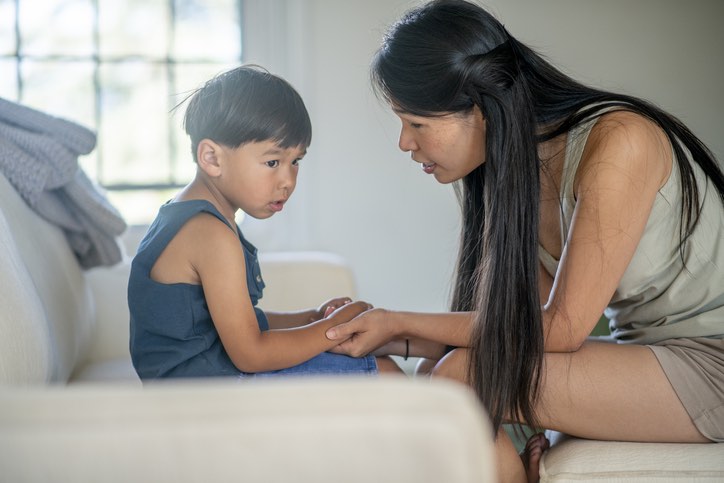
Asking questions might seem unrelated to punishment or behavior correction, but in reality it all comes down to how the brain works. When the amygdala or the part of our brain that feels alarmed is fired up, our bodies will respond in a heightened and intense way.
This is called “fight-or-flight” mode, and it happens to both kids and adults. When your child is in fight-or-flight, they are overwhelmed with emotion and it can easily lead to a tantrum.
If you ask your child easy-to-answer questions about topics that have nothing to do with the inciting episode, it will force them to engage in a different way. The questions can be as simple as asking about a favorite book or movie or about the weather. Calmly engaging another part of the brain will allow for a calmer environment and a quieter space.
Connect With Your Child
Acting out can be a cry for attention, even if your child denies it. Sometimes a hug or an effort to connect with your child is all that’s really needed.
It can be particularly effective to show empathy in these situations. You can use an example from your own childhood or your present life, but either way, your child will feel comfort in knowing that they are not alone in their feelings.
Give YOURSELF a Time-Out

Sometimes the way children act triggers feelings and responses that have absolutely nothing to do with our kids. You are a human being, which means that you have a lifetime of triggers and a schedule that causes fatigue. By taking a minute to check yourself and take a deep breath, you can save yourself from choosing a response that we will probably wind up regretting later.
You can also use this as a positive way to model emotion regulation strategies to your child. For example, saying “I’m feeling overwhelmed so I’m going to go to the other room for 5 minutes to try and calm myself down.” Show your child that you’re human and you get overwhelmed sometimes just as they do!
Give Your Child Time, Along with an Expectation
Just like we can need a minute or two to adjust to a situation or comply with a request, we can expect the same for children. Rather than immediately asking a child to stop what they’re doing or expecting them to comply without warning, let them know what to expect.
“In 10 minutes, we’re going to clean up the blocks and start getting ready for bed.” This helps your child know what to expect and makes them feel like they have more control over their life.
For more strategies on how to use positive discipline techniques with kids at home check out our favorite Family Mindfulness Activities for Kids and Parents.

